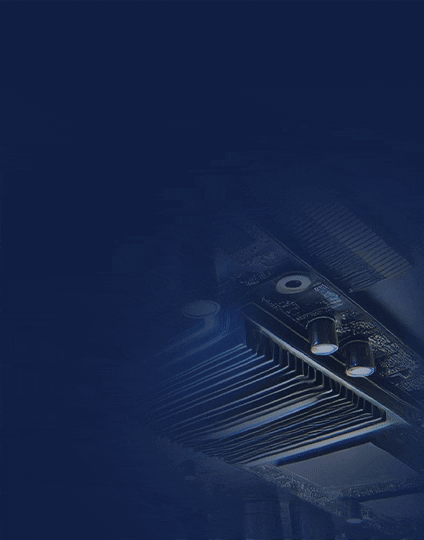Introduction
Smart manufacturing is transforming industries worldwide by integrating advanced technologies such as Industrial IoT (IIoT), cloud computing, and artificial intelligence.
At the core of this transformation lies the IoT gateway, which connects machines, sensors, and control systems to enterprise networks and the cloud. With the rising demand for real–time processing, low latency, and reliability, traditional gateways are struggling to keep up.
This is where FPGA-based IoT gateways are proving to be a game-changer, offering flexibility, speed, and efficiency for modern industrial environments.

Understanding Industrial IoT Gateways
An Industrial IoT gateway acts as a bridge between operational technology (OT) systems like PLCs, sensors, and industrial machines and information technology (IT) systems, such as cloud services and enterprise applications. Its primary roles include:
- Collecting and filtering data from edge devices
- Enabling secure connectivity to cloud or on-premises servers
- Translating between different industrial communication protocols
- Supporting edge analytics to reduce data overload
Traditional gateways rely heavily on CPUs or microcontrollers, which can struggle with the massive data volumes and real-time demands of smart factories.
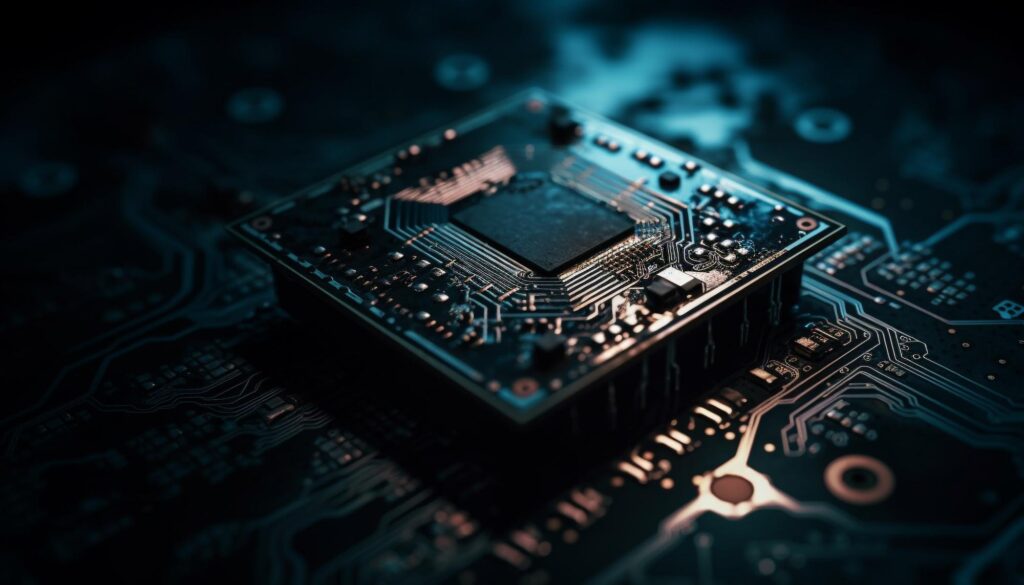
Why FPGAs for Industrial IoT Gateways?
Field-Programmable Gate Arrays are reconfigurable hardware devices that excel in parallel processing and low-latency computing.
They are uniquely positioned to meet the performance and flexibility needs of IIoT gateways in manufacturing environments.
Key Advantages of FPGA-Based Gateways:
- High Performance: Process large streams of sensor data in real time without delays.
- Parallelism: Execute multiple tasks simultaneously, unlike CPUs that rely on sequential execution.
- Protocol Flexibility: Support for a wide range of industrial protocols (Modbus, OPC UA, PROFINET, EtherCAT) through hardware customization.
- Low Latency: Essential for time-critical industrial operations, such as robotic control or predictive maintenance.
- Energy Efficiency: Consume less power compared to high-performance CPUs or GPUs for similar workloads.
- Scalability: Can be reprogrammed to adapt to evolving IIoT standards and requirements.

Implementing FPGA-Based IoT Gateways in Smart Manufacturing
Deploying FPGA-powered gateways in smart manufacturing involves both hardware and software integration. The implementation process typically includes:
1. Hardware Architecture
- FPGA SoCs: Combining FPGA fabric with ARM processors enables flexible gateway designs.
- High-Speed Interfaces: Integration with PCIe, Ethernet, and wireless standards for seamless connectivity.
- Sensor Integration: Direct connection with analog/digital sensors, PLCs, and industrial controllers.
2. Protocol Conversion and Interoperability
Industrial systems use diverse communication protocols. FPGA gateways can accelerate protocol translation between legacy systems and modern IoT frameworks, ensuring interoperability.
3. Edge Analytics and AI Integration
- Implementing machine learning algorithms on FPGA fabric for real-time anomaly detection.
- Performing data filtering, aggregation, and compression at the edge before sending to the cloud.
- Enabling predictive maintenance by analyzing equipment behavior patterns locally.
4. Security Features
Security is a major concern in IIoT deployments. FPGA-based gateways can implement:
- Hardware-level encryption and decryption for secure data transmission.
- Authentication mechanisms to prevent unauthorized access.
- Intrusion detection systems accelerated via FPGA logic.
5. Cloud and IT Integration
FPGA gateways can efficiently push processed data to cloud platforms (AWS, Azure IoT, Google Cloud) or enterprise systems, enabling seamless IT/OT convergence.
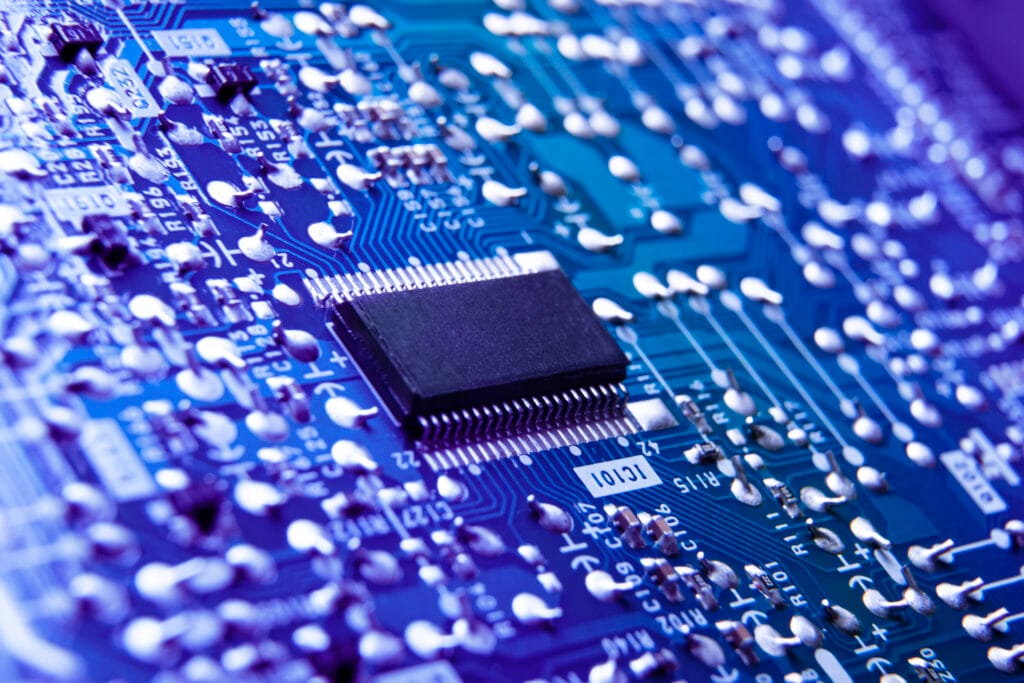
Use Cases of FPGA-Based Industrial IoT Gateways in Smart Manufacturing
Predictive Maintenance: Detect early signs of machine failure using FPGA-accelerated AI models.
Robotics Control: Achieve ultra-low latency communication between robots and controllers.
Quality Inspection: Process high-speed camera data in real time for defect detection.
Energy Management: Monitor and optimize energy consumption across factories.
Legacy System Integration: Bridge old PLCs and sensors with modern IoT platforms.
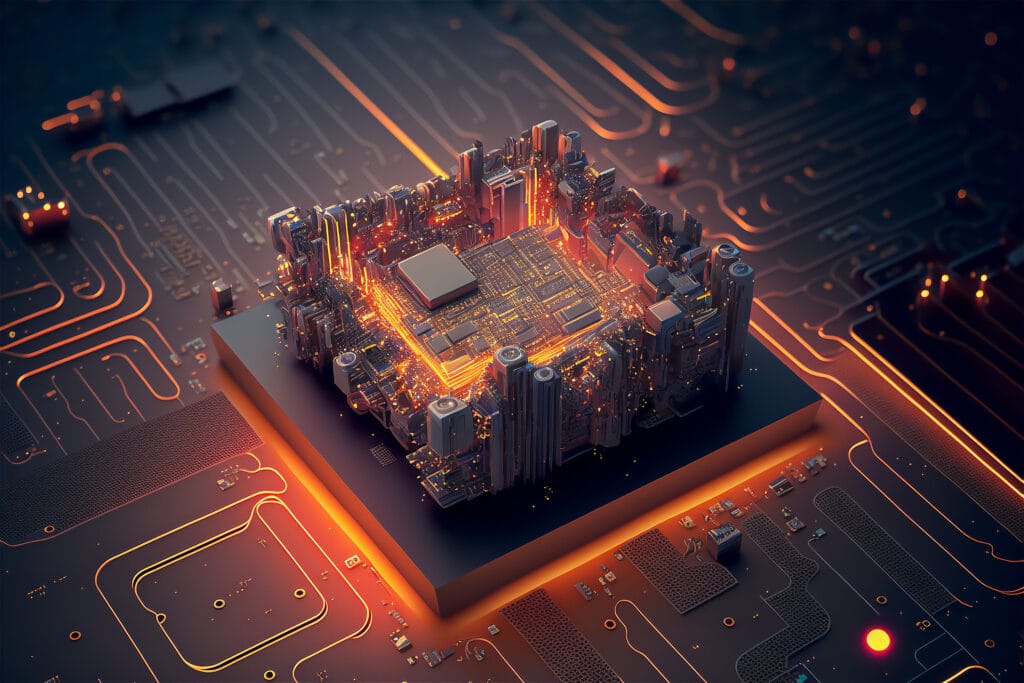
Challenges in Implementation
While FPGA-based gateways provide several advantages, their deployment comes with challenges:
- Complex Development: Requires expertise in hardware design and HDL programming.
- Higher Initial Cost: Compared to CPU-based gateways, though long-term efficiency balances it out.
- Scalability of Applications: Efficient management of reconfigurable logic for evolving workloads.
- Ecosystem Integration: Ensuring compatibility with diverse industrial ecosystems.
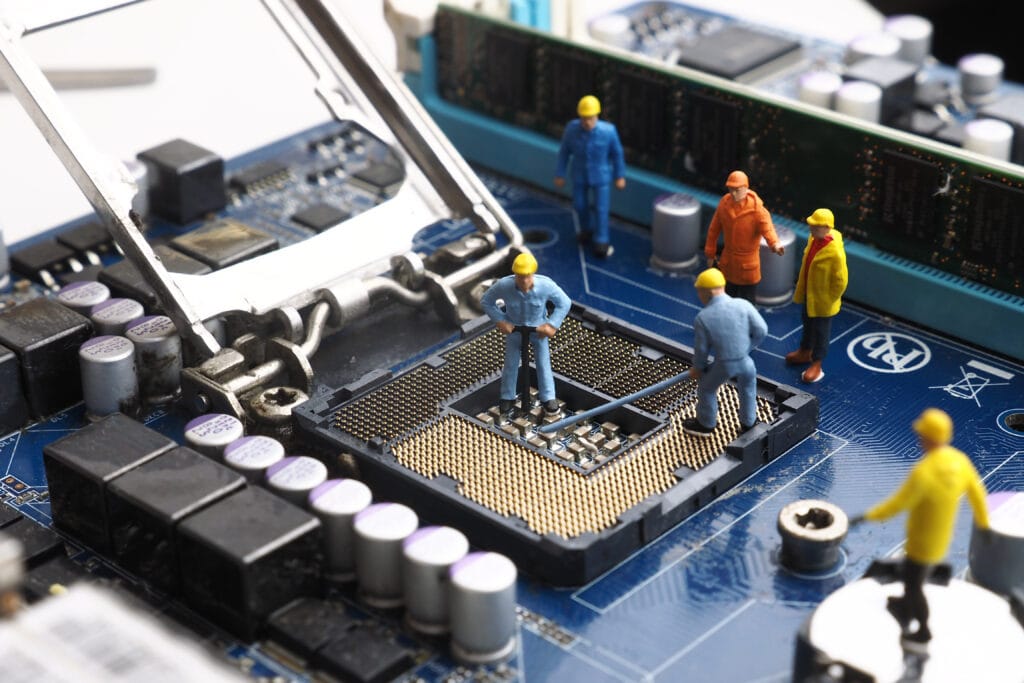
The Future of FPGA in Industrial IoT Gateways
As manufacturing continues to evolve towards Industry 4.0 and beyond, FPGA-based IoT gateways will play a pivotal role. With the integration of AI accelerators, 5G connectivity, and CXL (Compute Express Link) support, the next generation of gateways will offer:
- Smarter decision-making at the edge
- Faster response times in critical operations
- Improved adaptability to emerging industrial standards
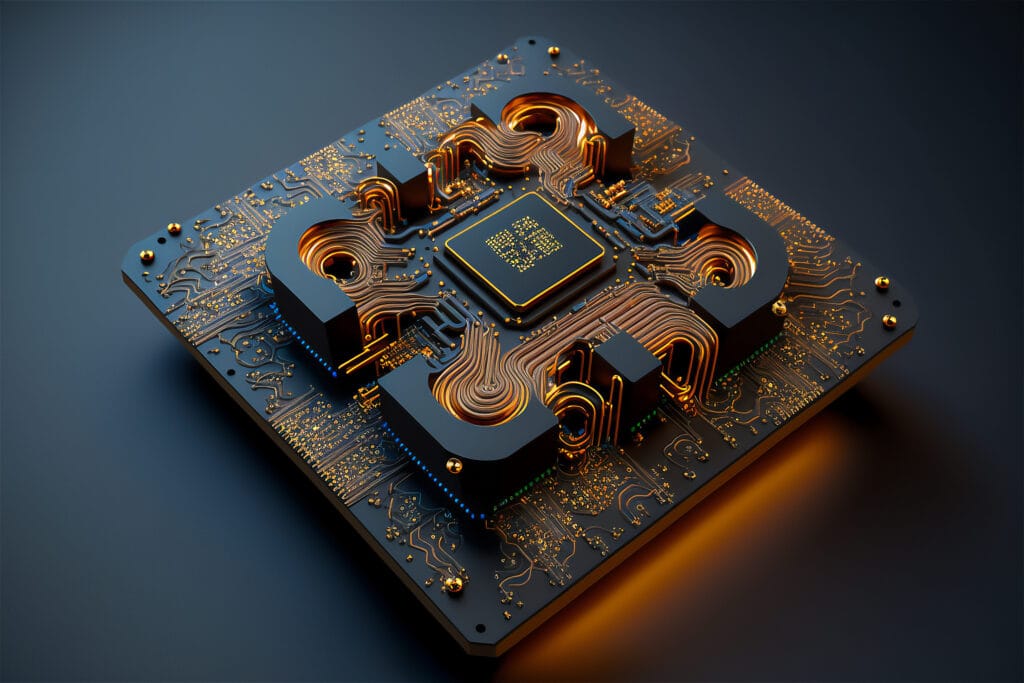
Conclusion
Smart manufacturing requires robust, flexible, and high-performance IoT gateways that can handle massive data, diverse protocols, and stringent real-time requirements.
FPGA-based gateways provide the perfect balance of speed, flexibility, and reliability, making them ideal for future-ready industrial IoT deployments.
By implementing it manufacturers can unlock greater efficiency, predictive insights, and seamless IT-OT integration, paving the way for smarter, more resilient factories.


![What is FPGA Introduction to FPGA Basics [2023] computer-chip-dark-background-with-word-intel-it](https://fpgainsights.com/wp-content/uploads/2023/06/computer-chip-dark-background-with-word-intel-it-300x171.jpg)


